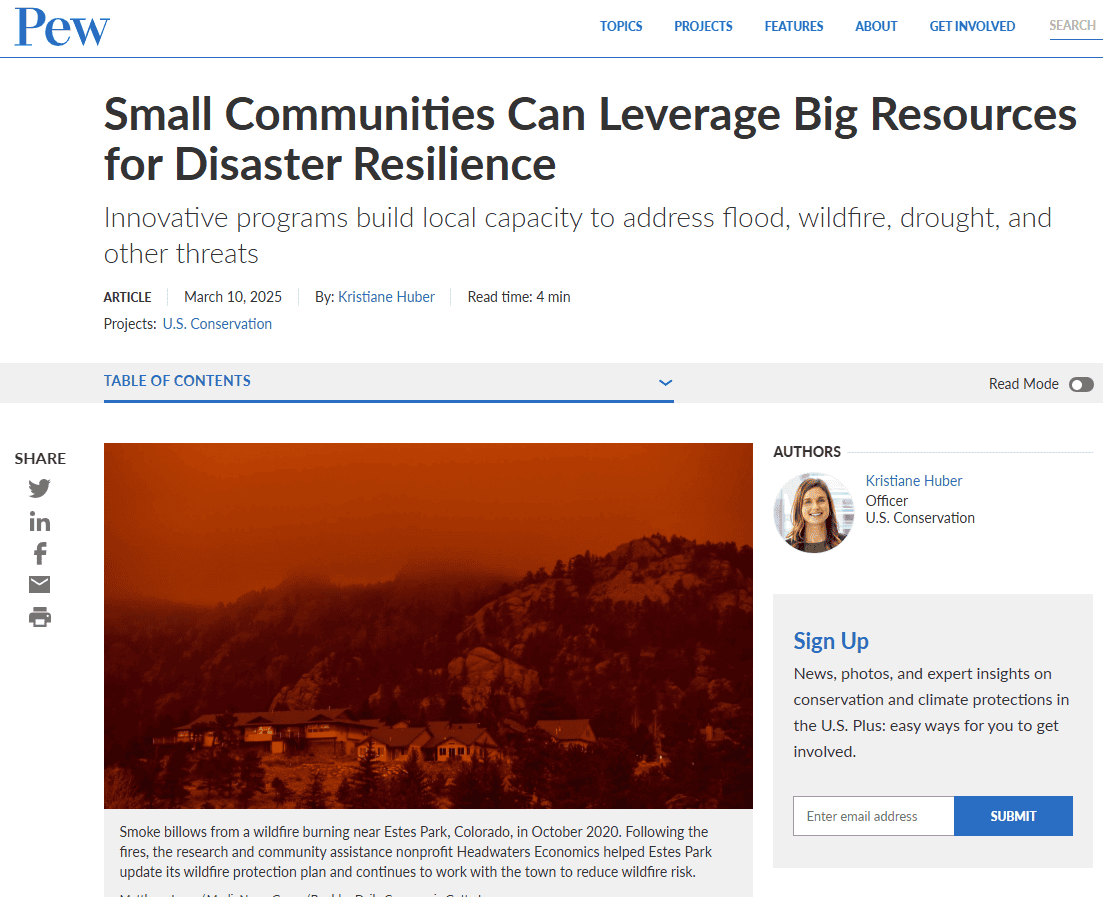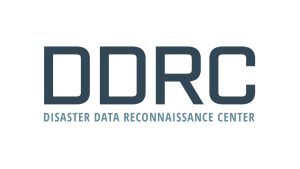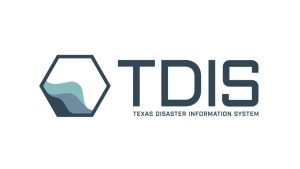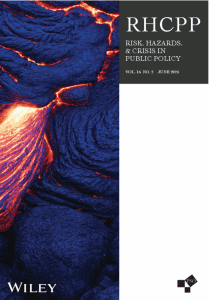We’re excited to share that the Digital Risk Infrastructure Program (DRIP), led by the Institute for a Disaster Resilient Texas (IDRT), is featured in a new article from Pew titled “Small Communities Can Leverage Big Resources for Disaster Resilience.” The piece highlights how innovative programs like DRIP are helping rural and historically underserved communities overcome key barriers such as limited staffing, data access, and technical capacity when planning for disaster resilience. The article discusses how DRIP has worked closely with ten Texas communities to develop localized flood-risk data using advanced tools like drone imagery and community-sourced observations. In Hudspeth County, for example, the DRIP team created custom flood-risk maps that are now helping local leaders plan and protect against repeated flash flooding.
As Dr. Sam Brody, director of IDRT, notes in the article, DRIP’s work is about more than just data, it’s about ensuring that communities have the right tools, in the right format, to meet their unique needs. Whether that means delivering printed maps instead of digital ones or providing on-the-ground support to interpret risk data, DRIP is helping build local capacity in a practical, community-centered way. The Pew feature places DRIP alongside other standout national initiatives that are directly supporting resilience planning and capacity building at the local level, underscoring the program’s impact and promise as a scalable model for disaster resilience.





